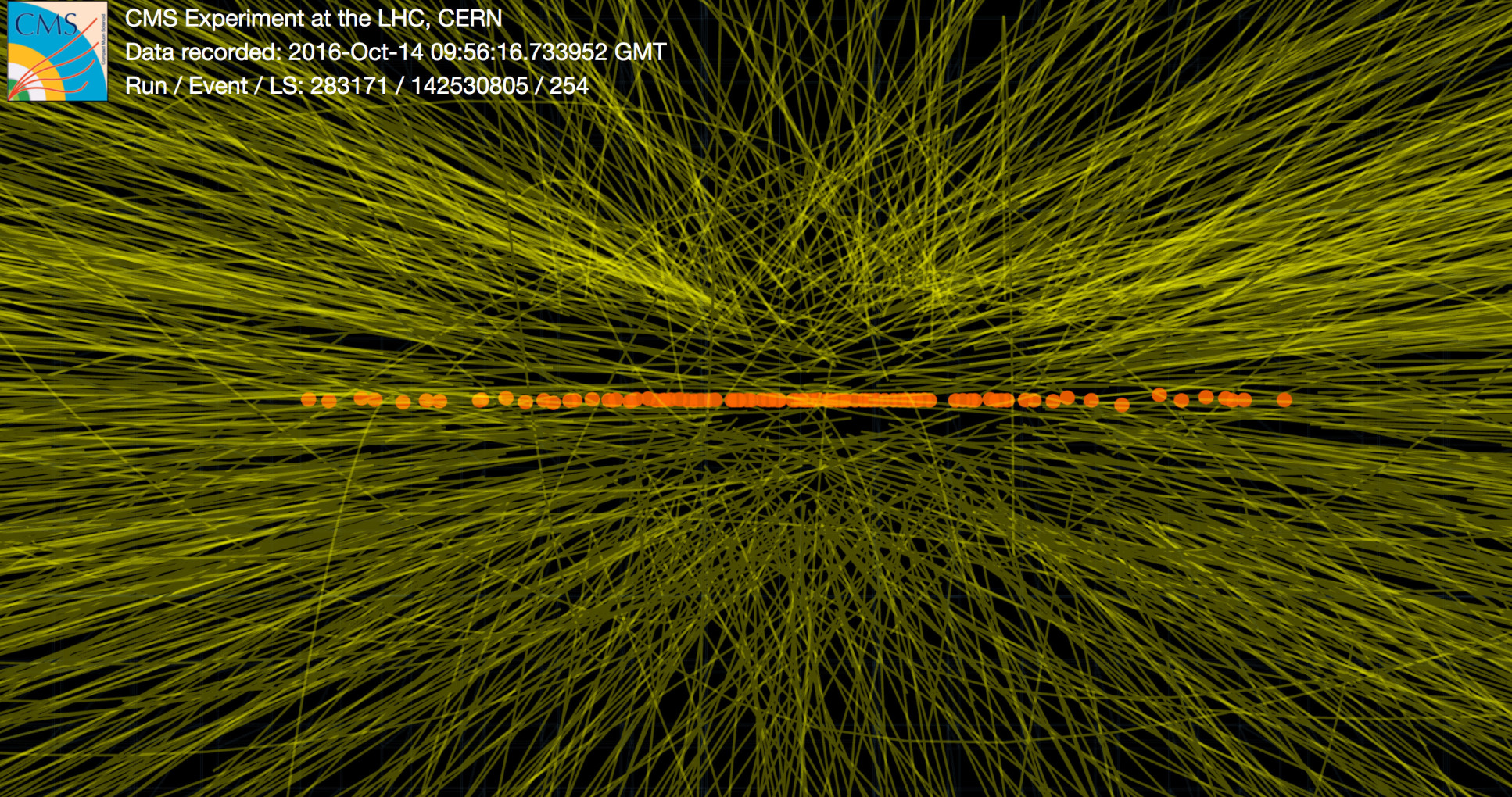The high-luminosity (HL) LHC, scheduled to begin in 2025, will collide bunches of protons at a rate of 40 MHz. Data from these collisions, collected at the LHC experiments such as the Compact Muon Solenoid (CMS) detector, is produced at rates far in excess of those that can be analysed offline for physics results. This means that the data need to be processed online, in real time, using a hardware "trigger" system that selects potentially interesting collisions for storage and discards the less interesting events. The CMS trigger system will be required to process approximately 1 ExaByte of data every few hours and select interesting collisions with a latency of 10 μs.
Recent advancements in Field Programmable Gate Array (FPGA) and optical technologies are exploited by the CMS trigger system to deliver complex data processing with high throughput, low latency, and low power consumption. The technologies facilitate the implementation of sophisticated machined-learned (ML) algorithms directly on FPGAs, dubbed "AI on chip", which is becoming an increasingly preferable solution in HEP.
Imperial has pioneered this approach, most recently with the development of the SERENITY hardware platform. Early studies have demonstrated the potential for this approach by accelerating the inference of a boosted decision tree algorithm, using an implementation on an FPGA, with respect to a CPU-based implementation, for use with charged-particle tracking algorithms within the CMS trigger system.

With several billions of proton-proton collisions per second at the HL-LHC, the task of efficiently distinguishing “interesting” events in real-time is extremely challenging. The Imperial HEP group is working with the HLS4ML Collaboration, which aims to ease the implementation of ML algorithms on FPGAs through the use of “high level synthesis” tools. The algorithms within the CMS trigger system aim to identify each unique proton-proton collision by reconstructing the "vertex" position from which the resulting charged-particle tracks originate. Of utmost importance is the identification of the "primary vertex", which is the collision most likely to result in an interesting physics process that should be recorded for later analysis. This task is computationally very expensive and must be performed within the constraints of the hardware resources. One approach under development is an end-to-end ML model that relies on convolutional neural networks to provide optimal performance in terms of accurately identifying the primary vertex and its associated charged-particle tracks. The model is currently being implemented within an FPGA using the HLS4ML framework.
Future areas of work related to the CMS trigger system may involve the acceleration of ML algorithms to reconstruct three-dimensional particle showers within the High-Granularity Endcap Calorimeter (HGcal) of the CMS experiment. Other areas of research will involve the use of AI on Chip to provide fast, efficient image processing and pattern recognition for the purposes of medical imaging for diagnosis, and nuclear safety and dosimetry.